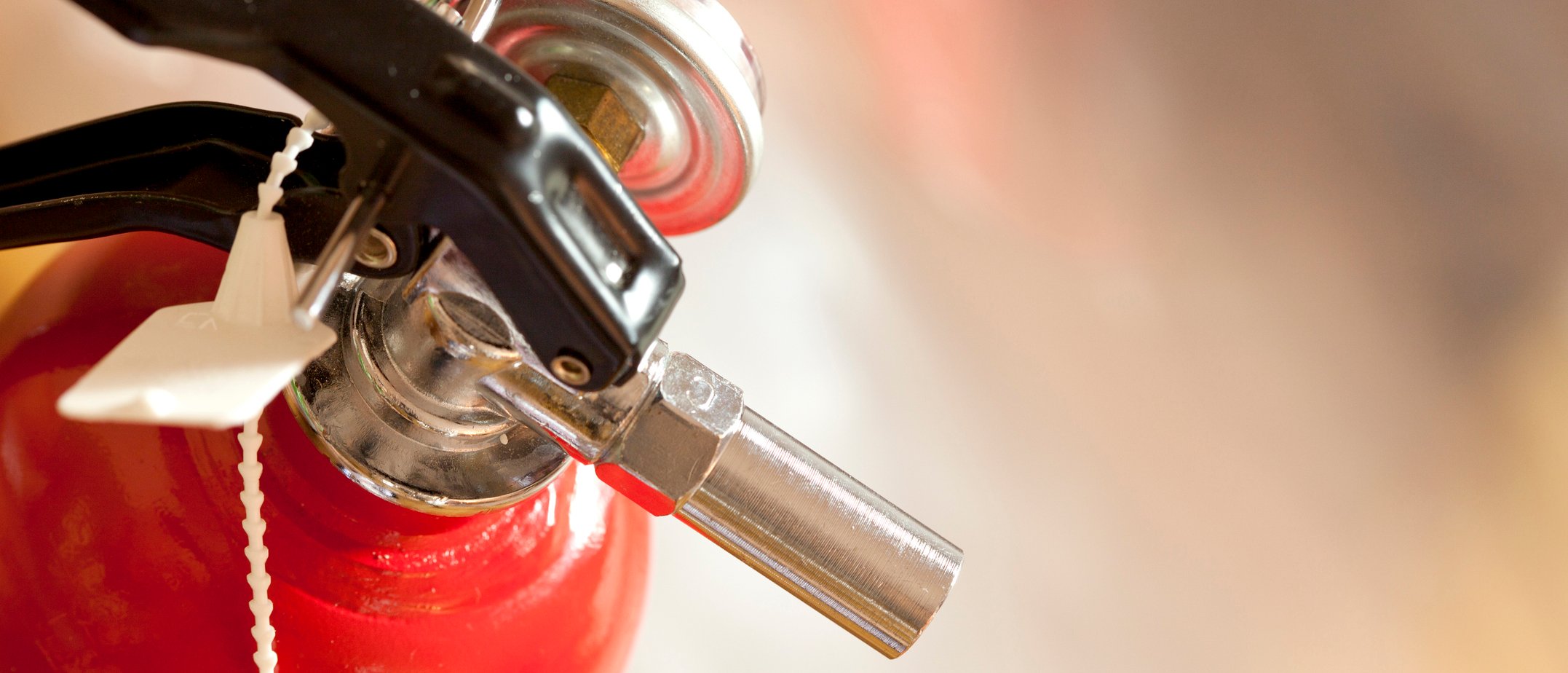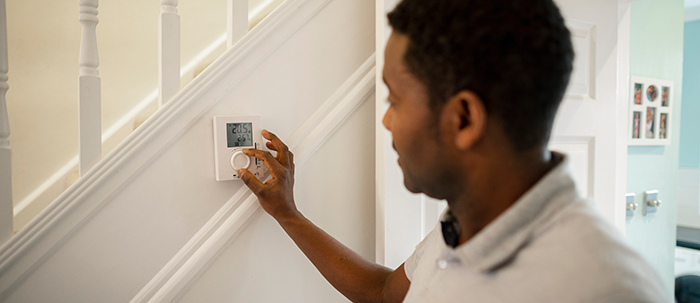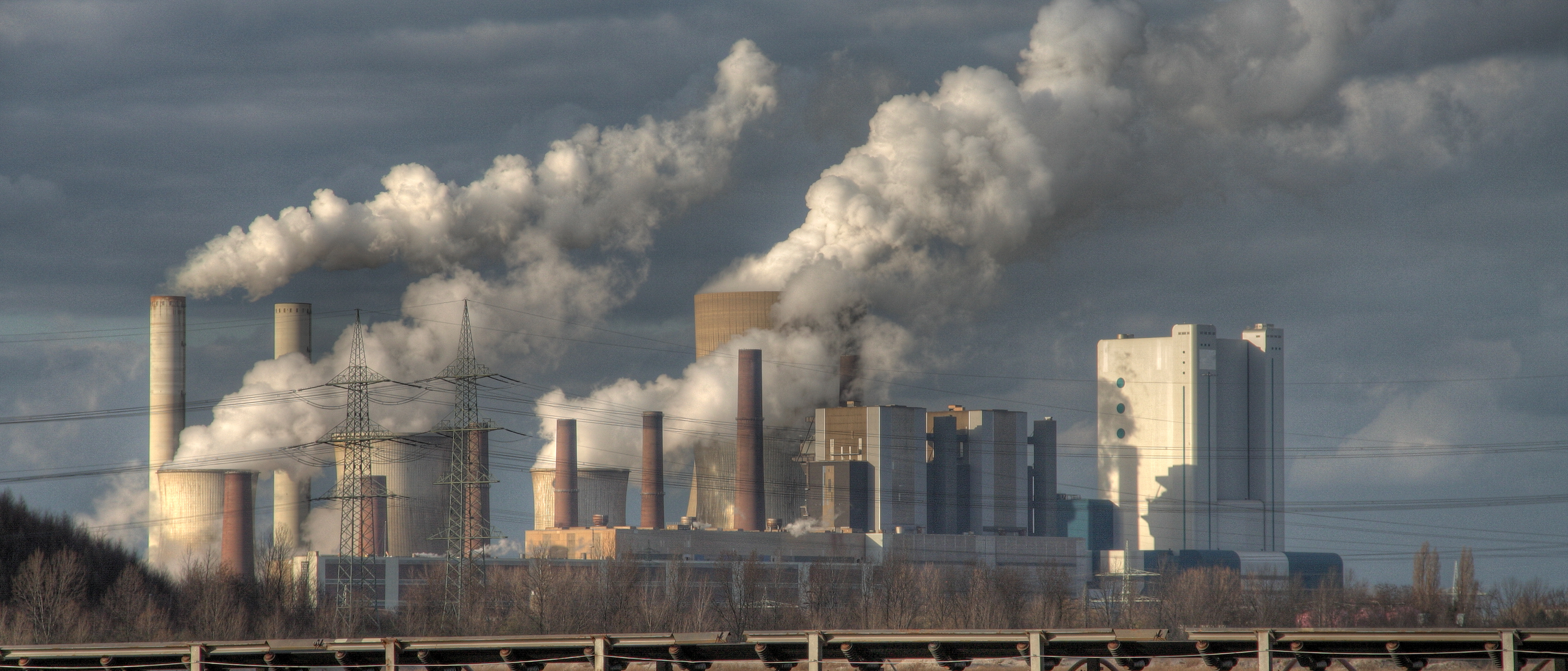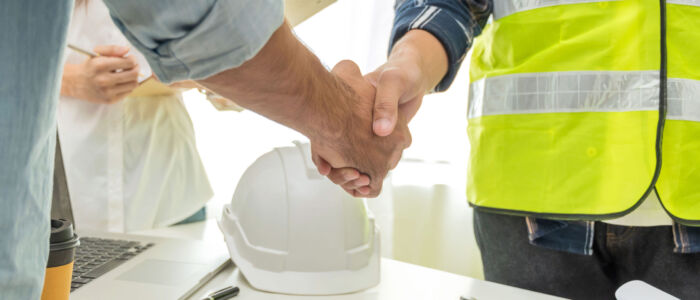Resources & Blogs
Understanding Insurance
Learn how different types of insurance coverage can help protect you and your business.
Learn MoreThe hidden risks of counterfeit electrical products
The use of counterfeit electrical products is a significant [...]
Fire extinguishers: what you need to know
Every business faces a variety of unique risks every [...]
4 Ways to winterize your home for energy savings
With colder temperatures arriving, now is the perfect time [...]
How to safely handle oil and solvent-soaked material
Faulty heating or electrical equipment, defective wiring, and human [...]
How your business can safely utilize webcams and video conferencing
In an era where remote work is more common than [...]
What five key types of insurance coverage should auto dealers have?
Running a car dealership is hard work. From the long [...]
A guide to roof maintenance during the winter season
In the winter, the roof of your property endures [...]
Smoke alarm installation and maintenance tips
Every October, Fire Prevention Week reminds Canadians of the [...]
Why your business needs pollution liability insurance
If your operations involve working with major pollutants — [...]
What to look and ask for when hiring subcontractors
What is a subcontractor? A subcontractor is generally someone hired [...]
Five tips for better password security
With the rising threat of cybercrime, information leaks, and [...]
What is phishing and how can you prevent it?
You don’t always need a sophisticated hack to gain access [...]











